(Mexico)
Located about 40km out of Mexico City, Teotihuacan is known today as the site of many of the most
architecturally significant Mesoamerican pyramids built in the pre-Columbian Americas.
At its zenith, perhaps in the first half of the first millennium CE, Teotihuacan was the largest city in the pre-Columbian Americas,
with a population estimated at 125,000 or more, making it at least the sixth largest city in the world during its epoch.
Teotihuacan is also anthropologically significant for its complex, multi-family residential compounds, the Avenue of the Dead,
and its vibrant murals that have been well-preserved.
Additionally, Teotihuacan exported fine obsidian tools that are found throughout Mesoamerica.
The city is thought to have been established around 100 BCE, with major monuments continuously under construction until about 250 CE.
The city may have lasted until sometime between the 7th and 8th centuries CE,
but its major monuments were sacked and systematically burned around 550 CE.
Teōtīhuacān translates to "place where gods were born".
The Pyramid of the Moon
The "dots" (small stones) indicates where the ruins have been repaired.
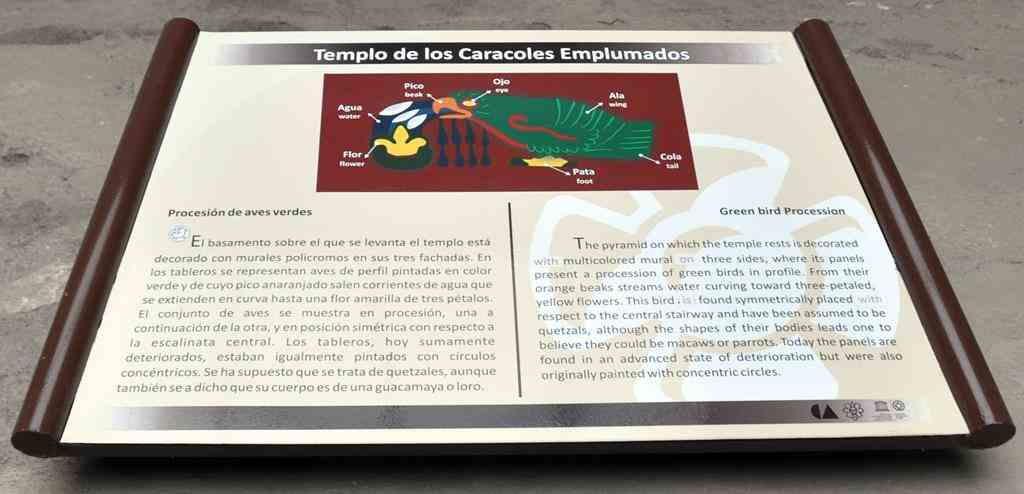
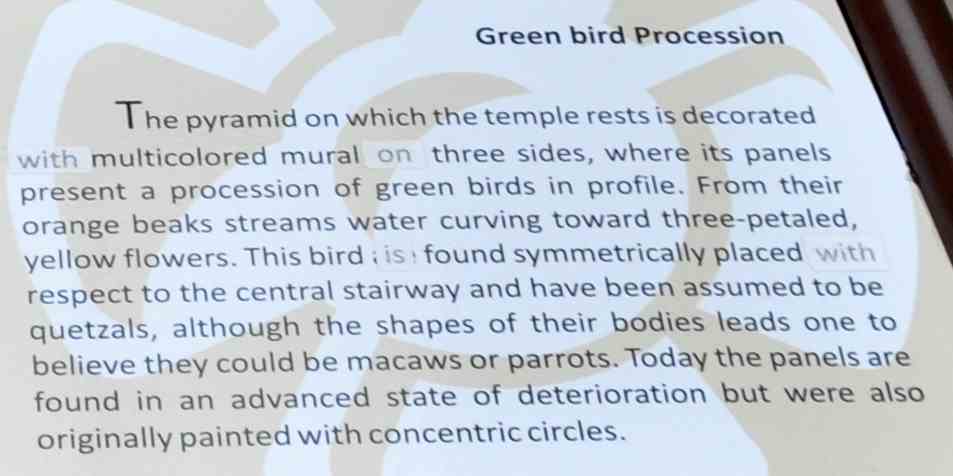


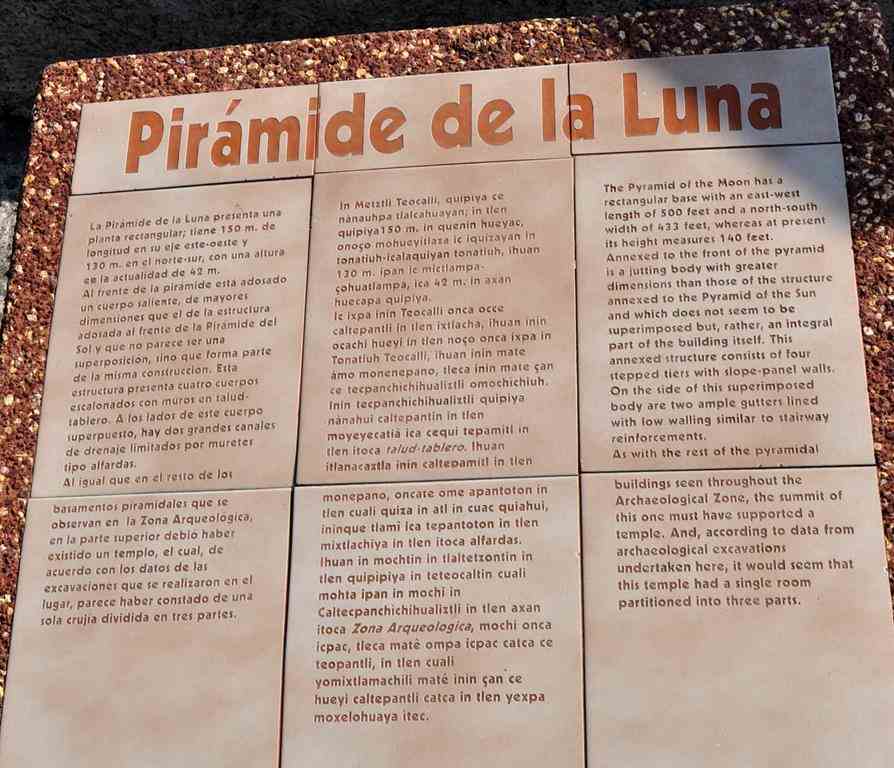

The view from the 43m high Pyramid of the Moon
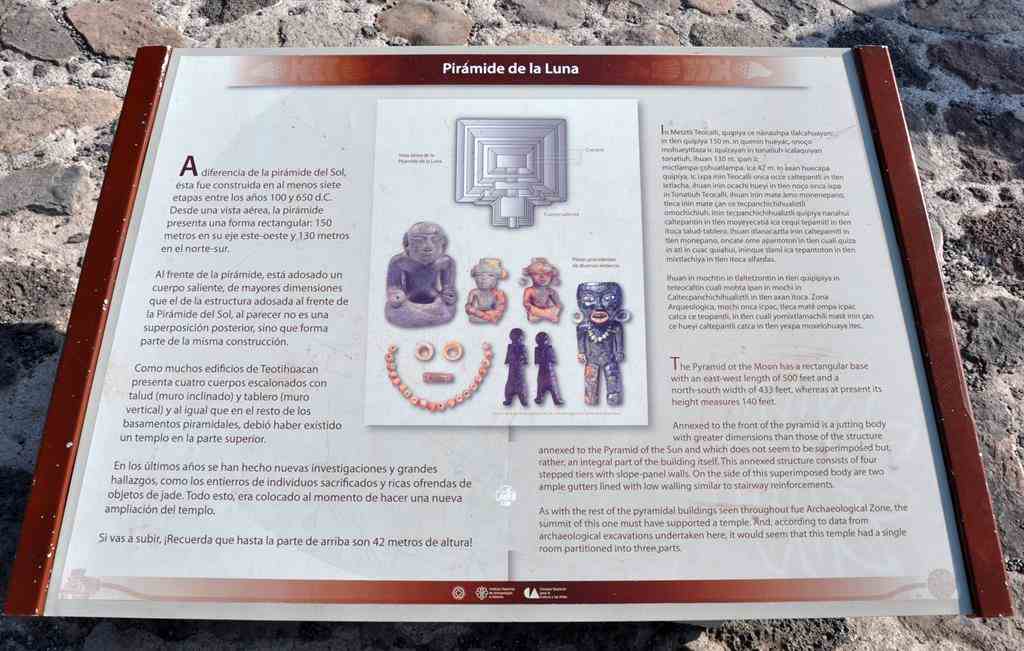
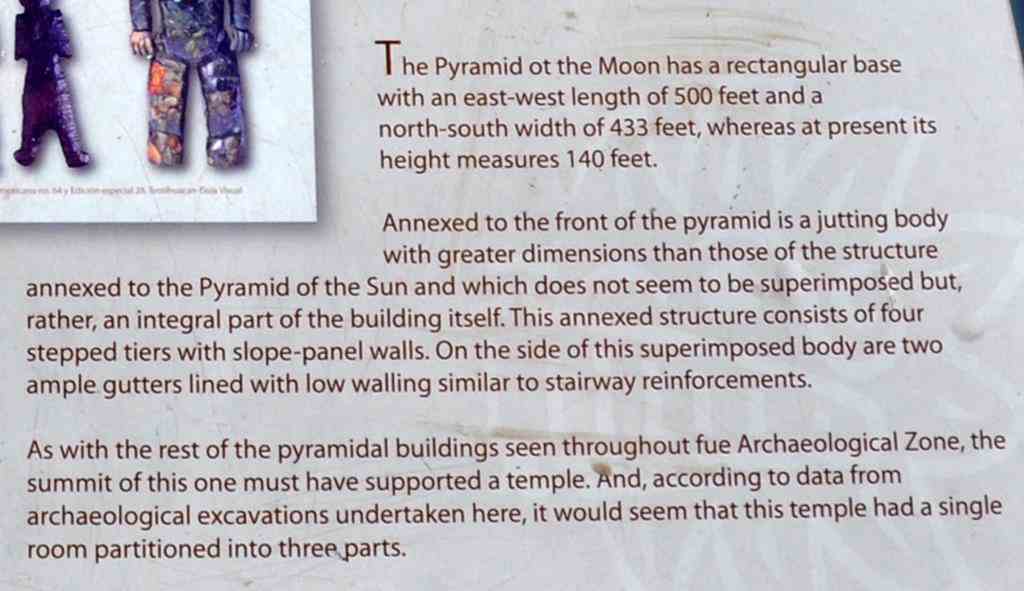
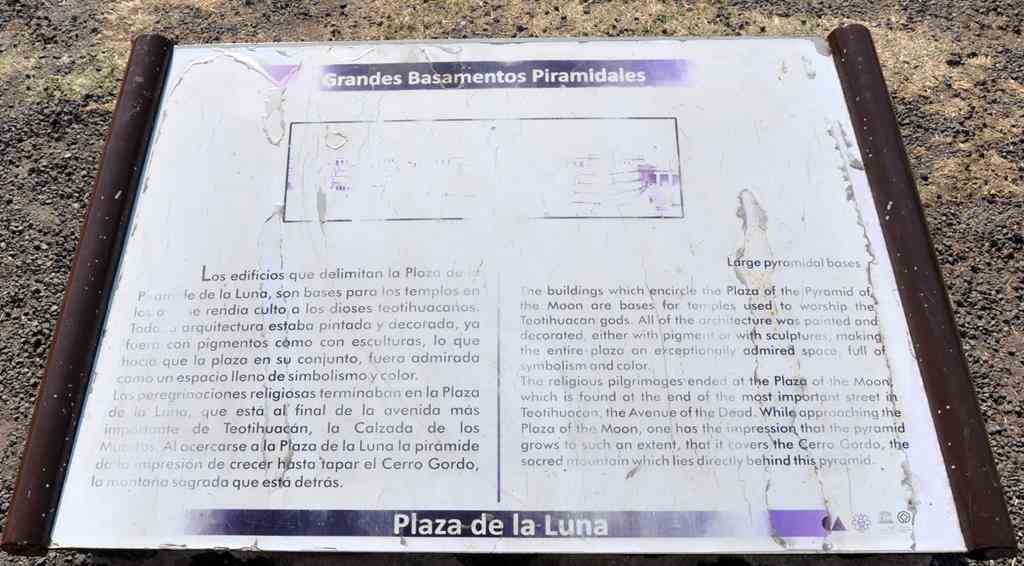
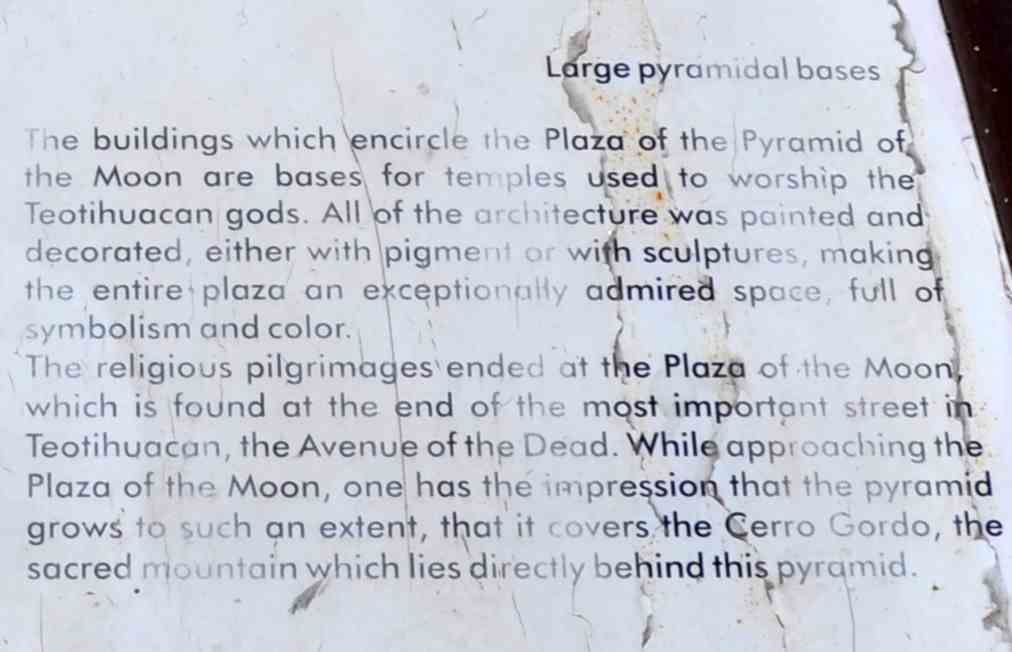
75m high, The Pyramid of the Sun is the largest pyramid at Teōtīhuacān.
(In Egypt,The Great Pyramid of Giza/Khufu/Cheops is 140m high).

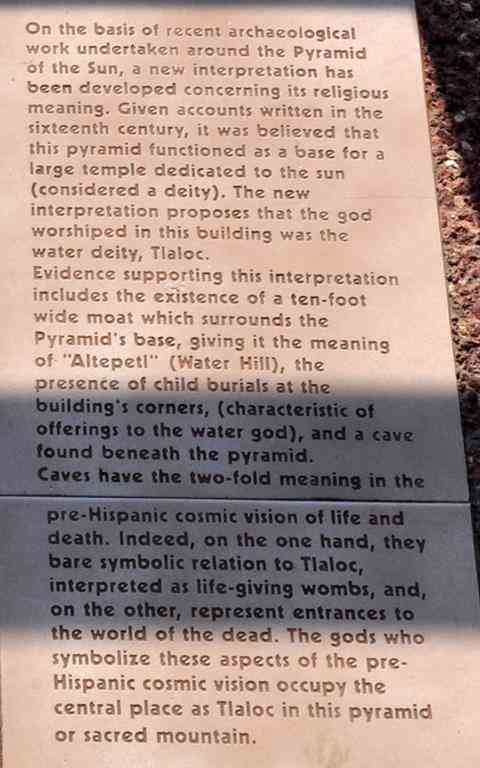
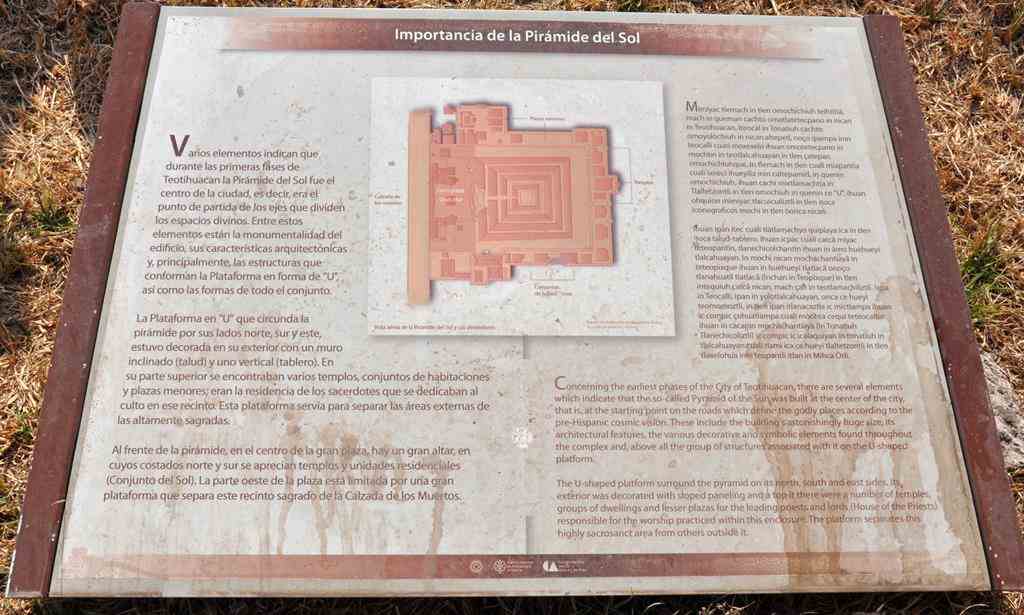
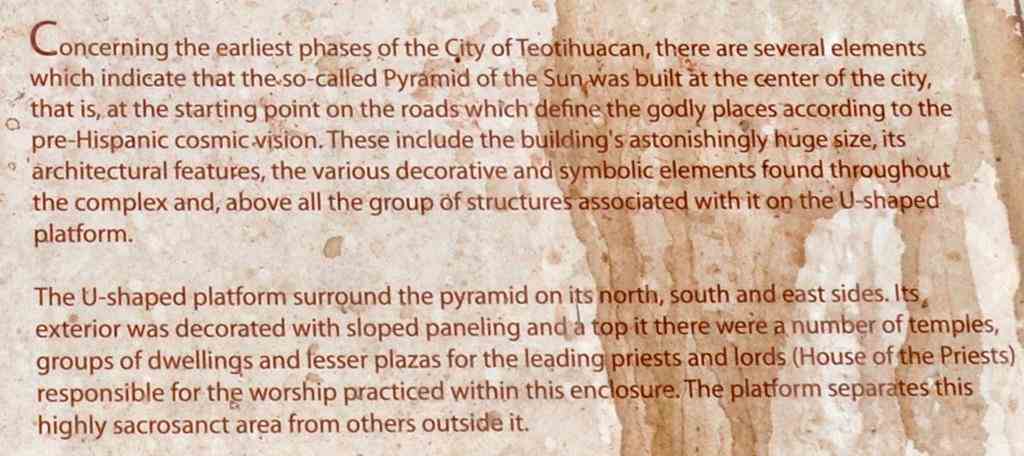
Teōtīhuacān was one of top 5 highlights of my 44-day Central American trip in 2019.
It was a fantastic site and at least as equal to Karnak in Egypt, Angkor Wat, Petra and Macchu Picchu.